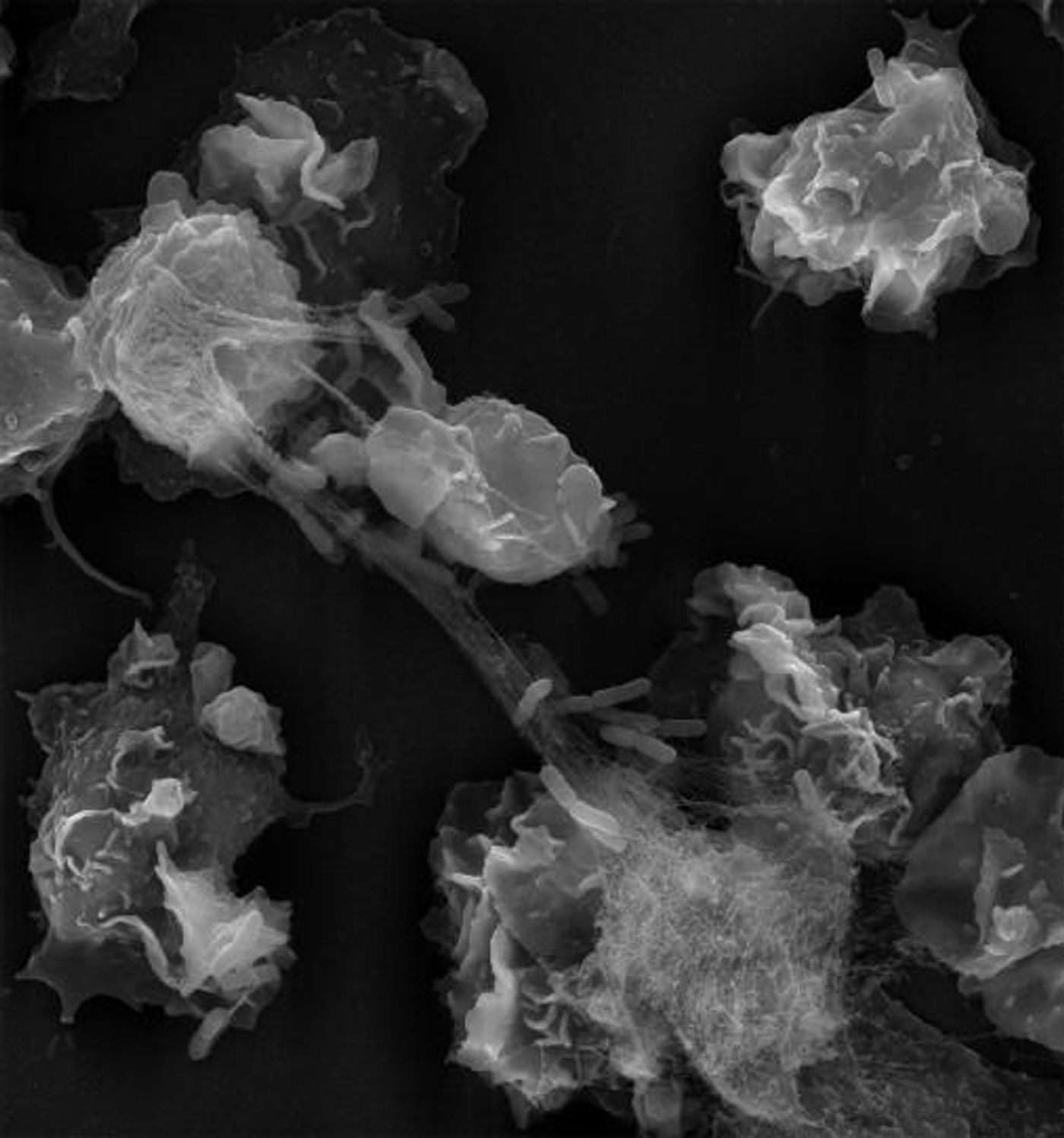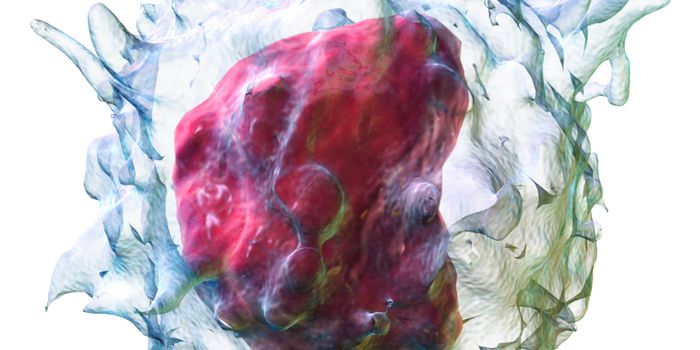"Beneficial Cell Suicide" Fights Pathogens in the Bloodstream
A new discovery of how specialized immune cells carry out their last resort effort to kill pathogens could help scientists improve and regulate a variety of immune responses. In the present study, published in the journal Developmental Cell, scientists watch how immune cells respond to a fungal infection in the context of mice models.
Neutrophils are cells of the innate immune system, which means that they respond first, they respond quickly, and they respond to everything. Usually the first cells to arrive at the site of infection, neutrophils respond to chemical messengers released by both the invading pathogens and the infected and dying cells. In the present study, researchers analyze neutrophil extracellular traps (NETs), where neutrophils release bundles of processed chromatin as a tactic for containing pathogenic invasions.
First author Borko Amulic, PhD, calls this response “beneficial cell suicide.”
"When neutrophils get overwhelmed, when they can no longer deal with a microbial threat by just engulfing it, that's when the NETs are released,” Amulic explained.
Aside from releasing NETs, neutrophils participate in the immune response by releasing their own chemical messengers to recruit more cells to the site and by phagocytosis, the process of engulfing and digesting pathogens.
The new study aimed to examine how NETs are released and how they stop a fungal infection. Researchers found that after NETs are released, the neutrophil “anchors itself in the tissue and breaks down its nuclear envelope.” Interestingly, cells usually only do so in the moments right before they divide, which lead researchers to believe that neutrophils might be using the same cell cycle proteins involved in cell division to release NETs.
Researchers tested their theory in a mice model where neutrophils were incapable of producing cell cycle proteins. Subsequently, these neutrophils were also barred from releasing NETs and were quickly overcome by fungal infections.
The relationship between NET release and cell cycle proteins was confirmed in humans when researchers observed brains under attack by fungal infections, seeing neutrophils using cell cycle proteins.
"The ultimate goal for this research is to interfere clinically, either when too few or too many NETs are being produced," says Amulic. "Also, this is just a really fascinating cell biological phenomenon."
Sources: Nature Reviews, The Journal of Cell Biology, Cell Press









